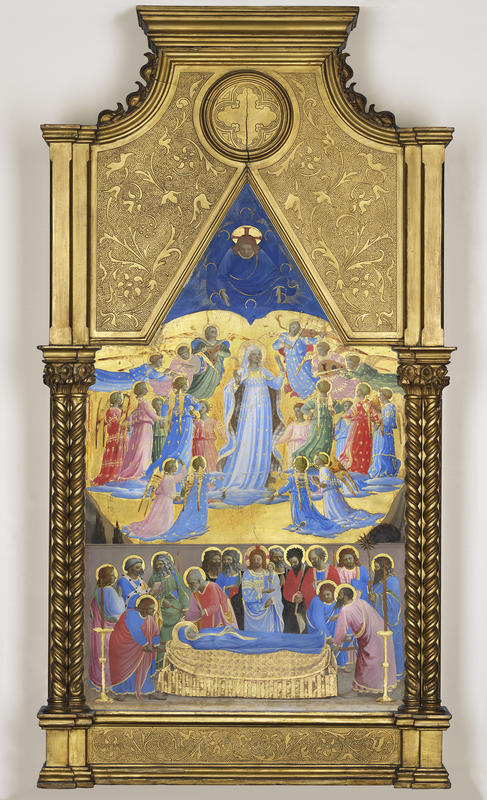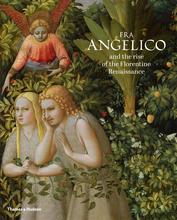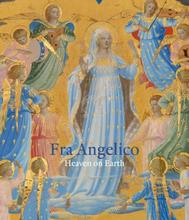More about The Dormition and Assumption of the Virgin
- All
- Info
- Shop

Contributor
Imagine your whole life boiled down to four frames...
Well, Fra Angelico’s series of four reliquaries on the Virgin Mary attempt to do just that. Death and Assumption of the Virgin is the third of four paintings in the series, as Mary dies and is assumed up into the heavens.
Being a Dominican monk, Angelico liked to paint scenes of the Virgin Mary all the time. He painted this set of four scenes sometime between the years 1424 and 1434, as commissioned by the Medici family for the sacristy of Santa Maria Novella, the Dominican mother church in Florence. In the past, Angelico had painted for the Medicis, various elites throughout Italy, and two popes. Not a bad funding scene for a guy who committed his life, time, and money to God, eh?
Each of the four paintings in this series was done on the face of a little wardrobe-shaped container called a reliquary. The wardrobes were intended to house holy relics like saints’ fingers and hairs and whatnot. Funnily enough, this leads me quite naturally to Isabella Stewart Gardner, whose museum in Boston owns and displays these reliquaries. While Stewart Gardner didn’t store anything religious in the reliquaries, she was known for having a knack for collecting strange items. For example, she owned strands of Nathaniel Hawthorne's hair and once grabbed a cigarette butt that Brahms had been smoking and stuffed it into an envelope. She actually famously arranged everything in her museum herself and prohibited anyone from rearranging. Death and Assumption of the Virgin specifically was gold-bordered and placed at an angle that would make it glint in the sun. All this to say, do we really know that she hasn’t stored any of her strange collectibles in the reliquaries? I don’t think we can be so sure...
Many of Angelico’s remaining works are merely fragments of paintings, barely surviving. This set of paintings however is one of the best-preserved surviving works of Angelico’s.
An alternate title for the piece that is occasionally used is “The Dormition and Assumption of the Virgin,” a delightful change of pace from just “death” in my opinion, because dormition means a peaceful and painless death, which you can see is what’s really going on in this scene. In fact, one of the things that made Angelico so famous as a painter was that he threw the whole traditional Gothic altarpiece format to the wind, abandoning it instead for his more narrative, emotions-based approach, which people of the 1400s loved.
In terms of the actual moment in Mary’s life/death being depicted here, we can see that she is surrounded by holy figures. Specifically, there’s St. Peter to her left, reading, and then St. John the Evangelist to her right holding a palm frond. The palm frond is the one that the Angel Gabriel presented to her when he broke the news that she was pregnant with Jesus and that Jesus would have to die for humanity’s sins.
Sources
- Cotter, Holland. "Review: Art for the Soul in 'Fra Angelico: Heaven on Earth'." The New York Times. May 16, 2018. Accessed July 18, 2019. https://www.nytimes.com/2018/05/16/arts/design/review-fra-angelico-heav….
- "Fra Angelico: The Death and Assumption of the Virgin (before 1434)." Artsy. Accessed July 18, 2019. https://www.artsy.net/artwork/fra-angelico-the-death-and-assumption-of-….
- "The Dormition and Assumption of the Virgin." The Dormition and Assumption of the Virgin | Isabella Stewart Gardner Museum. Accessed July 17, 2019. https://www.gardnermuseum.org/experience/collection/11697.
- Smee, Sebastian. "'The Death and the Assumption of the Virgin' by Fra Angelico - The Boston Globe." BostonGlobe.com. July 10, 2012. Accessed July 17, 2019. https://www.bostonglobe.com/arts/theater-art/2012/07/09/frame-frame-the…















